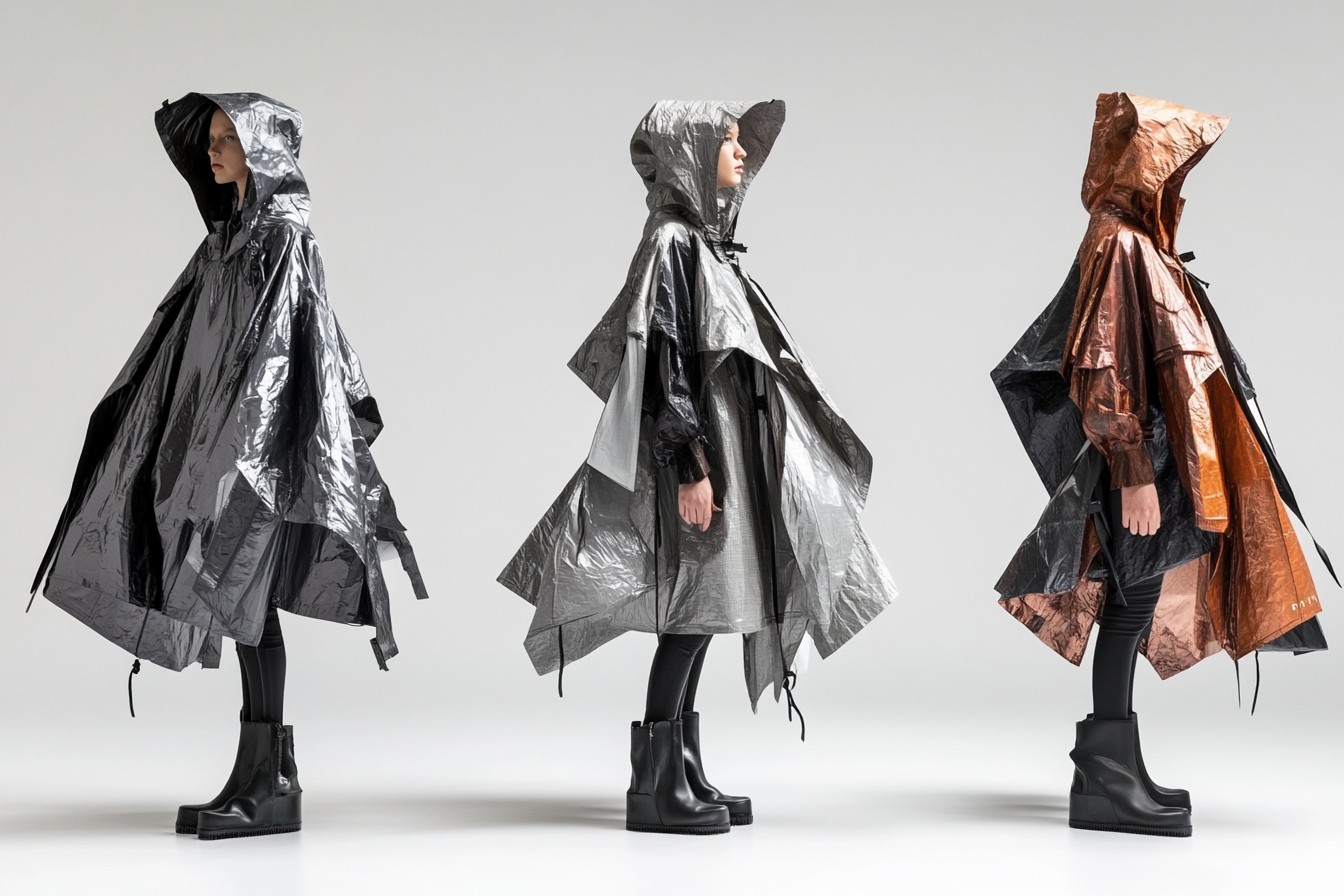There’s a particular type of rain that exists only in Britain. Not the dramatic tropical downpours that have the decency to announce themselves with darkening skies and ominous rumbles. Not the refreshing summer shower that clears the air and smells like renewal. No, I’m talking about that uniquely British precipitation that I’ve come to think of as “spite rain”—the kind that falls sideways, somehow defying physics to get under your umbrella, that seems suspiciously targeted at you specifically, that continues relentlessly for days until you’ve forgotten what dry clothes feel like. The kind that prompted my dad to look out of our Sheffield kitchen window every morning of my childhood and announce with grim satisfaction, “Rain again. Typical.”
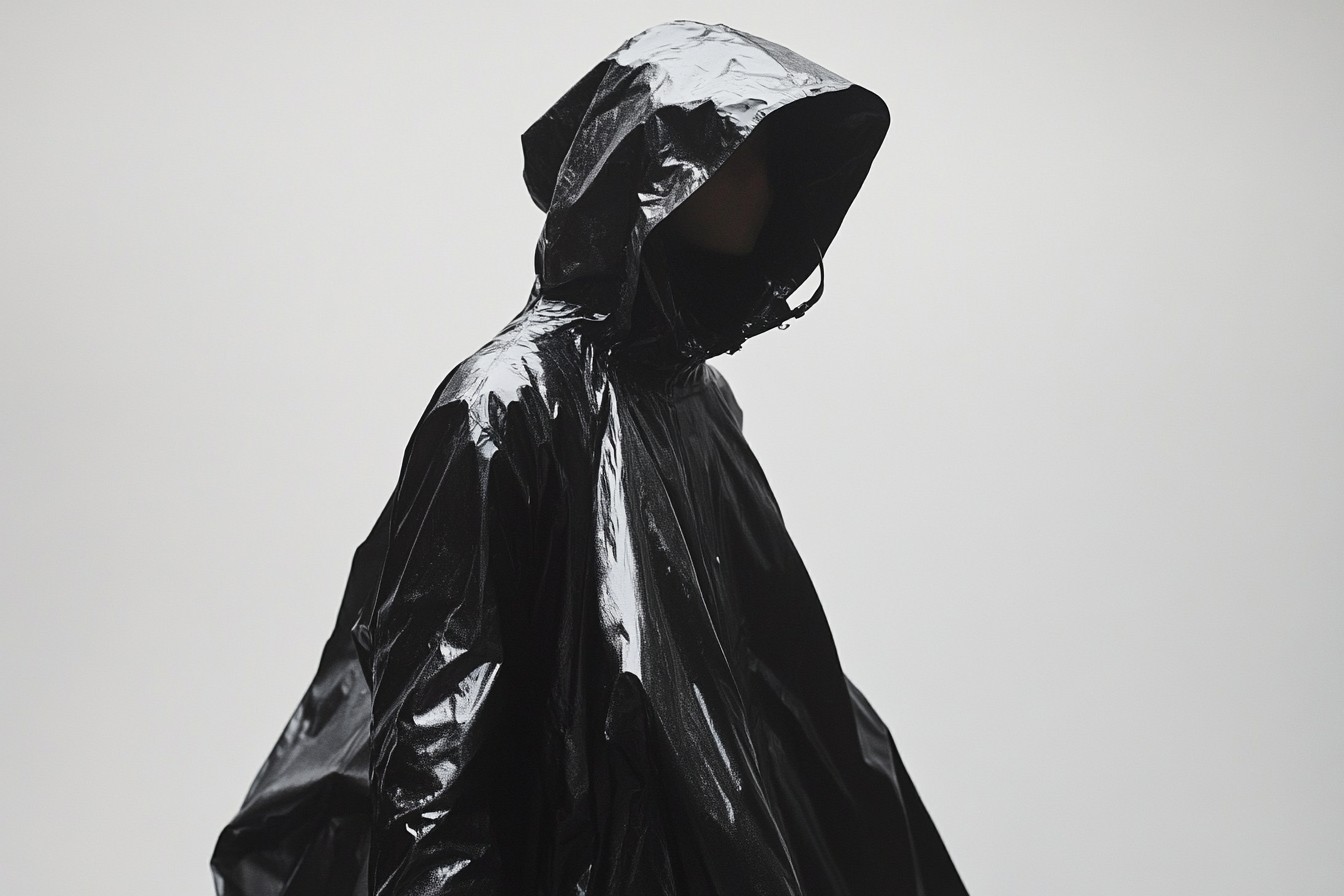
Living in this damp island nation means that a proper raincoat isn’t a fashion choice—it’s essential survival gear. Yet remarkably, given our national obsession with discussing precipitation, many of us are walking around in rain protection that’s about as effective as covering ourselves in newspaper. I realized this during a particularly vindictive downpour last November, when my supposedly waterproof jacket (purchased from a very reputable outdoor brand that shall remain nameless but rhymes with “math place”) surrendered to the elements approximately seven minutes into my walk to the tube station. By the time I reached my destination, I looked like I’d gone swimming fully clothed, my mascara had migrated to my chin, and my mood had descended to levels that would make Victorian orphans seem positively chipper by comparison.
This thoroughly miserable experience prompted what my friends now refer to as “The Great Raincoat Investigation of 2024″—a methodical, borderline obsessive quest to find rainwear that actually keeps you dry without requiring a second mortgage or making you look like you’re about to lead a school trip to the Lake District. Because while Burberry might be the quintessential British rainwear brand (the trench coat having been originally designed for actual trench warfare, which seems appropriate for British weather battles), its £1,700 price tag places it firmly in the “maybe if I win the lottery” category for most of us.
My investigation began with a painful admission: most fashion raincoats aren’t really designed for proper rain. They’re designed for looking good in light drizzle, for dashing from taxi to restaurant door, for the kind of gentle precipitation that moisturizes your skin rather than attempts to drown you. Once I accepted this harsh reality, I could begin the search for that seemingly mythical combination—a coat that genuinely keeps you dry while still allowing you to look like a functioning member of society rather than someone on an Arctic expedition.

The first distinction worth understanding is the difference between “water-resistant,” “water-repellent,” and “waterproof.” These aren’t marketing synonyms; they’re technical descriptions with genuine differences. Water-resistant means the fabric will resist some moisture but surrender quickly to anything beyond light drizzle. Water-repellent means it’s been treated with a coating that makes water bead on the surface—effective for moderate rain but with a coating that will eventually wear off. Truly waterproof means the fabric itself won’t let water through—but crucially, unless it’s also breathable, you might stay dry from rain while becoming slowly soaked in your own personal microclimate of sweat. Delightful.
Armed with this knowledge, I embarked on a testing process that involved standing in my garden during various precipitation events wearing different coats (much to the confusion of my neighbors, who now likely think I’m conducting some bizarre rain-worship ritual). I also recruited friends across the country to report on raincoat performance in different regional conditions, because the spiteful drizzle of London is an entirely different beast from the horizontal downpours of the Scottish Highlands or the deceptively gentle but persistent soaking of the West Country.
Let’s start with the high street options, because contrary to what outdoor enthusiasts might have you believe, you don’t need to spend £300 to stay reasonably dry. Marks & Spencer, that bastion of practical British clothing, offers several genuinely effective options. Their stormwear technology (a water-repellent treatment) holds up surprisingly well in proper downpours. I tested their “Stormwear Hooded Raincoat” (£65) during a particularly vindictive February shower and remained impressively dry. The cut is more flattering than most practical rainwear, nipping slightly at the waist rather than hanging like a shapeless tarpaulin. It comes in actual colors, not just the obligatory navy and black, which helps maintain the will to live during our greyer months.
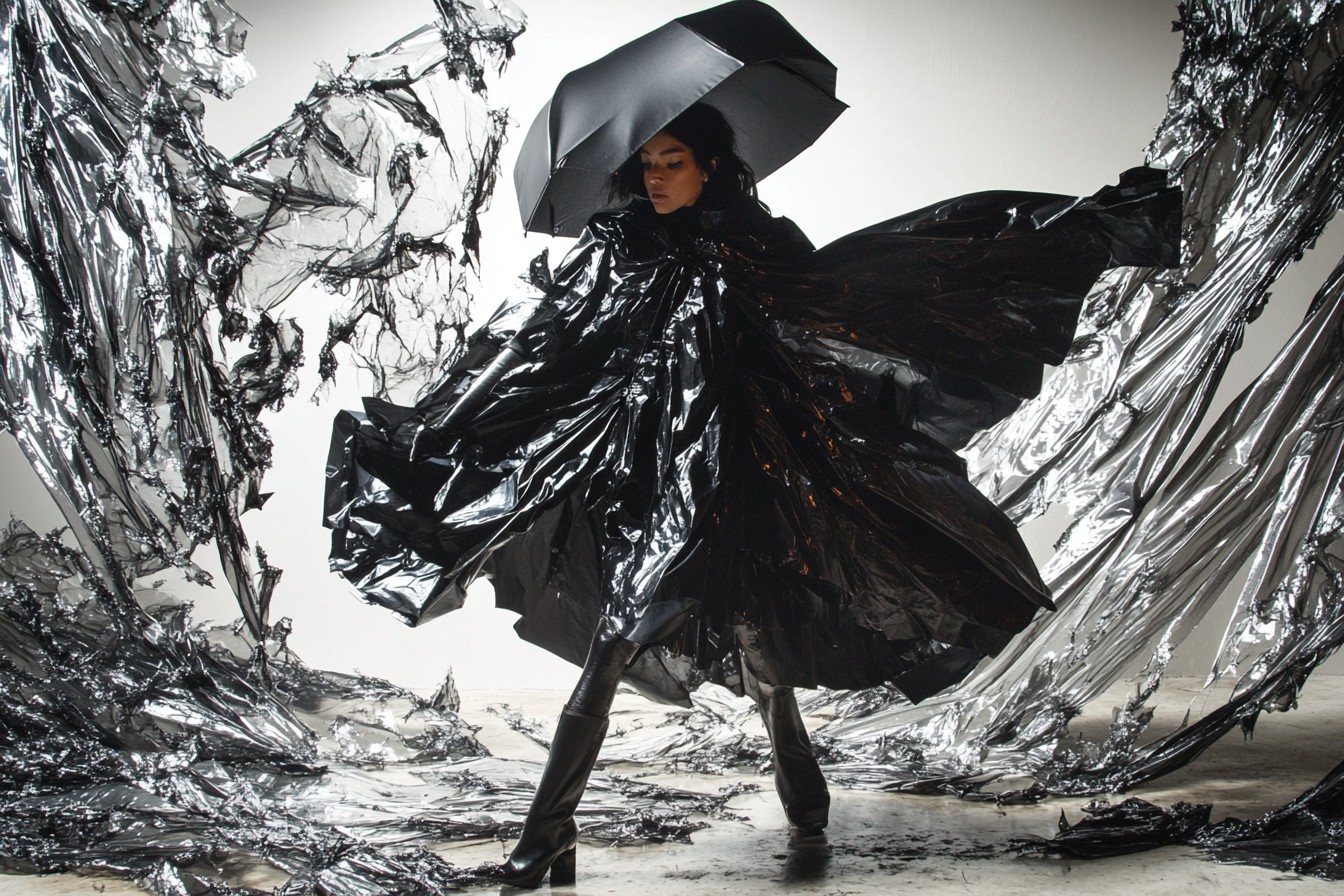
Uniqlo’s blocktech range deserves honorable mention in the high street category. Their lightweight parka (around £60 depending on sales) performs well above its price point. The fabric has a slight stretch, which prevents that awkward restriction of movement that makes some raincoats feel like straightjackets, and the water-repellency lasts through multiple washes. What it lacks in breathability it makes up for in wind protection, which matters when British rain decides to attack horizontally. The hood design could use improvement—it’s too shallow to stay put in serious wind—but for the price, it’s a solid performer for urban rain needs.
Moving up slightly in price point, Rains (the Danish brand, not the weather condition, though the confusion is understandable in this context) offers minimalist waterproof options that don’t scream “I’ve given up on style for practicality.” Their classic jacket (£95) has a matte finish that looks intentionally sleek rather than overtly technical, and the polyurethane fabric genuinely keeps water out. The downside is breathability—wear this on a warm rainy day or during a brisk walk, and you’ll discover new and exciting places you can sweat. But for city commuting in cooler temperatures, it performs admirably while looking considerably more expensive than it is.
For those seeking the middle ground between fashion and function, Seasalt Cornwall offers raincoats that manage the remarkable feat of being genuinely waterproof while still looking like something you’d wear by choice. Their “Sail Away” jacket (£150) underwent rigorous testing during a weekend in the Lake District when the sky opened in a way that had nearby ducks looking concerned. The result? Completely dry underneath, even after a two-hour walk that could more accurately be described as “swimming vertically.” The feminine cut prevents the usual waterproof shapelessness, and the range of colors—including a mustard yellow that practically generates its own sunshine—offers a psychological boost during grey days.
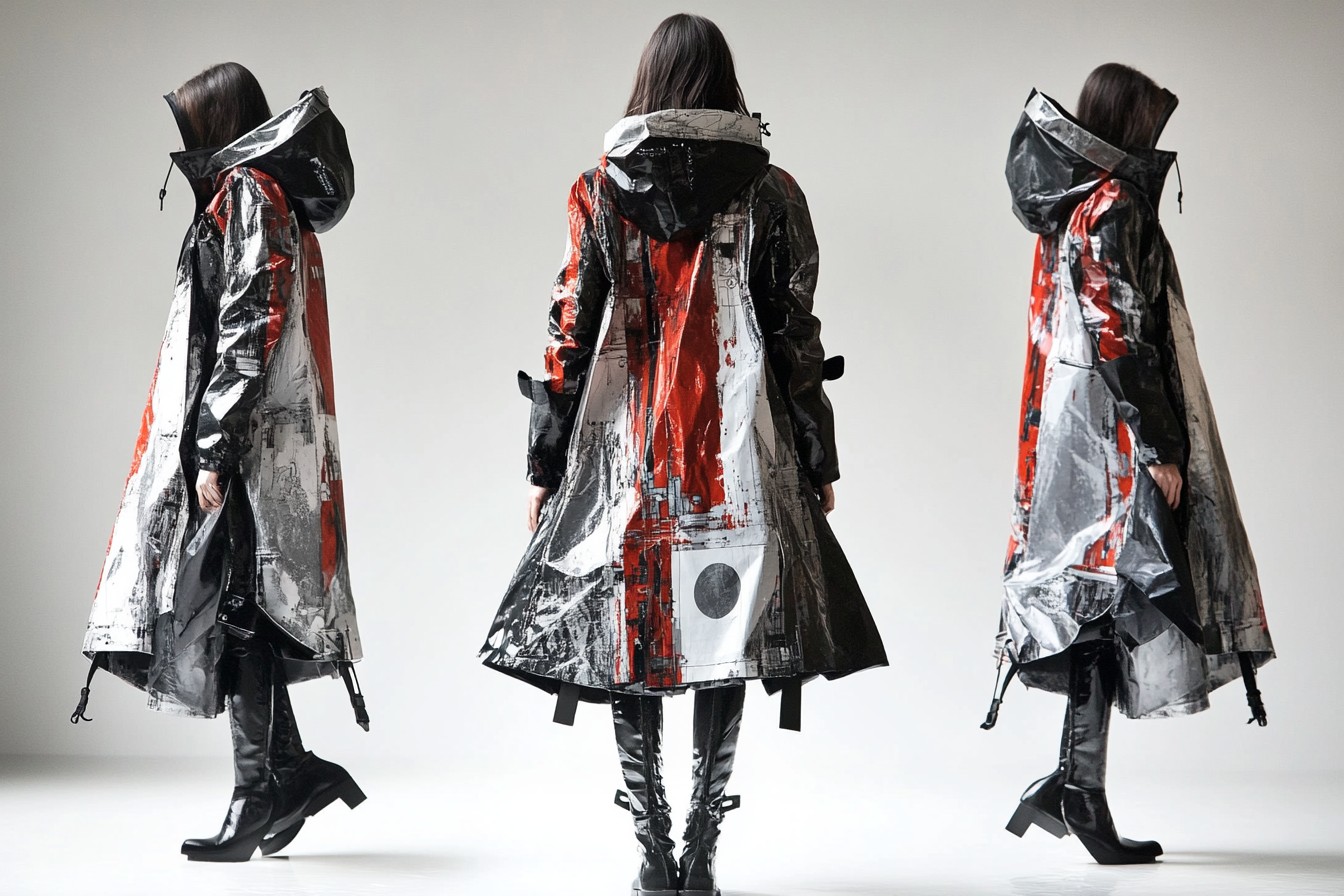
If you’re willing to invest a bit more for technical performance without veering into “expedition to Everest” territory, Norse Projects’ waterproof offerings strike an excellent balance. Their women’s Alena Rain Jacket (around £220) is an investment, but one that pays dividends during serious downpours. The fabric has a satisfying weight and structure that feels protective without bulk, and the taped seams ensure water doesn’t sneak in through the stitching (a shamefully common flaw in supposedly waterproof coats). What sets it apart is the breathability—you can actually walk briskly without creating your own personal sauna inside your coat.
For those completely committed to staying dry regardless of conditions, British heritage brand Barbour deserves its legendary status. Yes, they’re known for waxed jackets beloved by the rural set, but their waterproof breathable range offers protection for less bucolic settings too. The Durham Waterproof Breathable Jacket (£249) might represent a significant investment, but spread that cost over the decades it will last (with proper care), and it’s practically loose change. During testing in a particularly biblical December downpour, it remained completely impervious to water while still allowing enough air circulation to prevent the dreaded internal condensation.
Finding a truly waterproof coat that doesn’t look purely technical remains fashion’s equivalent of the Holy Grail, but British brand Protected Species comes remarkably close. Their “Waterproof Parka” (£275) survived the worst that Storm Henk could throw at it during my morning commute—rain so aggressive it seemed personally offended by my existence. The fabric has a pleasing matte finish that looks intentionally minimal rather than overtly practical, and the cut manages to suggest a human female form exists somewhere under the protective layer. The hood deserves special mention—it actually stays up in wind and has a cleverly designed brim that keeps rain off your face without obscuring vision.
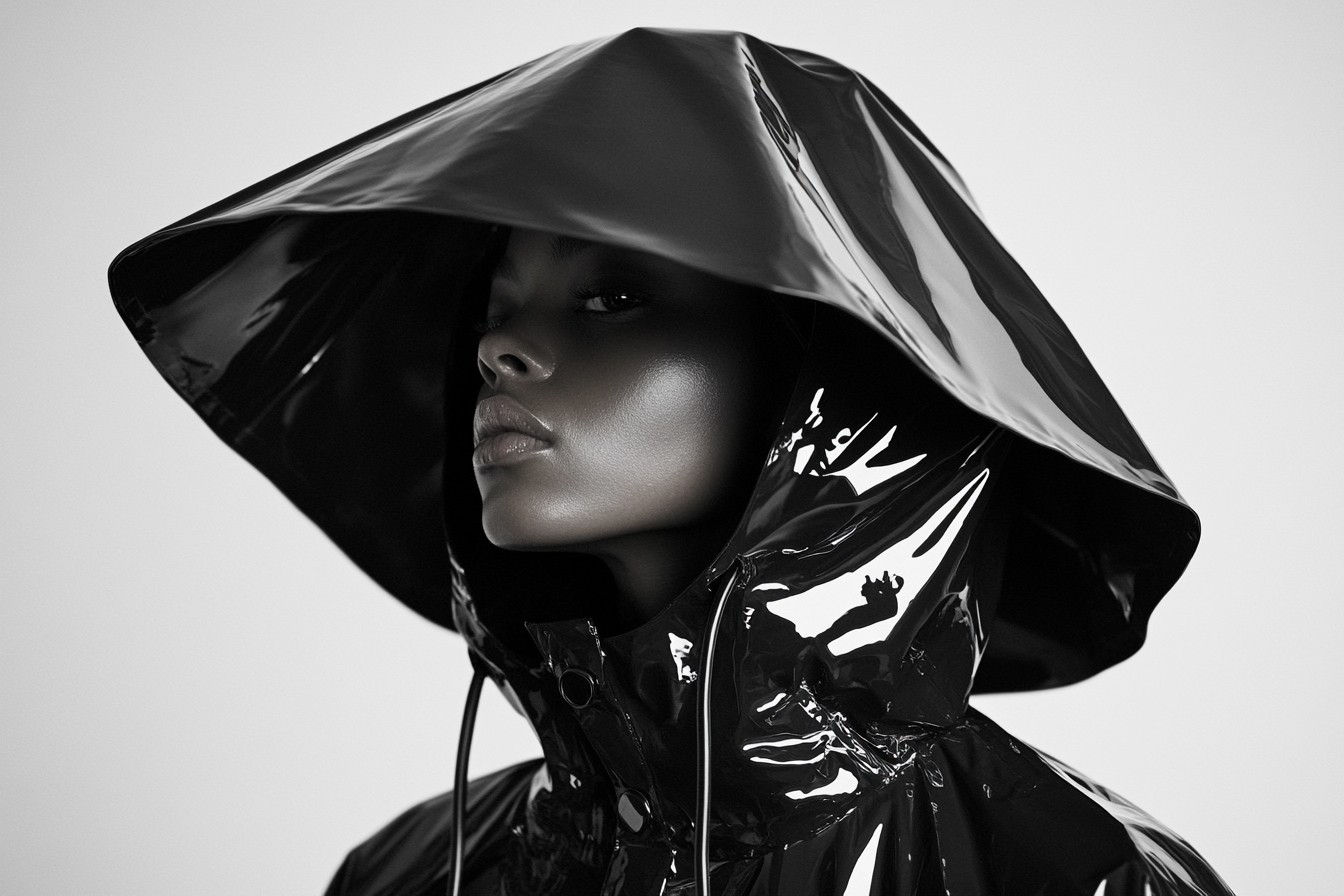
What surprised me most in my investigation was how many expensive “designer raincoats” failed basic waterproofing tests. A friend’s £400 trench from a prestigious British designer (that isn’t Burberry but occupies similar rarefied territory) essentially surrendered to moisture within minutes, transforming from crisp cotton elegance to sad, soggy dishrag with impressive speed. The painful truth is that genuine waterproofing often comes at the expense of traditional luxury fabrics—cotton, wool, and cashmere might feel wonderful, but without serious technical treatment, they’re essentially sponges designed to absorb maximum moisture from the atmosphere.
For those determined to invest in Burberry-level quality without the associated price tag, vintage or pre-loved options offer a surprisingly affordable entry point. Their raincoats are built to last decades, meaning a well-maintained older style will still perform admirably. I found a classic Burberry trench in perfect condition for £280 at a vintage specialist in Marylebone—still an investment, but considerably less eye-watering than buying new. The timeless styling means it doesn’t read as dated, and the quality of construction is evident in every detail from the perfectly tensioned seams to the substantial feel of the fabric.
After months of research and testing, my personal conclusion was a stratified approach to rain protection—different coats for different precipitation situations, because that’s how pathologically British I’ve become about weather preparation. For light urban drizzle and fashion-conscious occasions, a Uniqlo Blocktech serves perfectly well. For serious, committed downpours, the Protected Species parka hasn’t failed me yet. And for that in-between British weather that threatens worse but might clear up entirely (requiring a coat that works both functionally and aesthetically), the Seasalt option has become my most-reached-for choice.
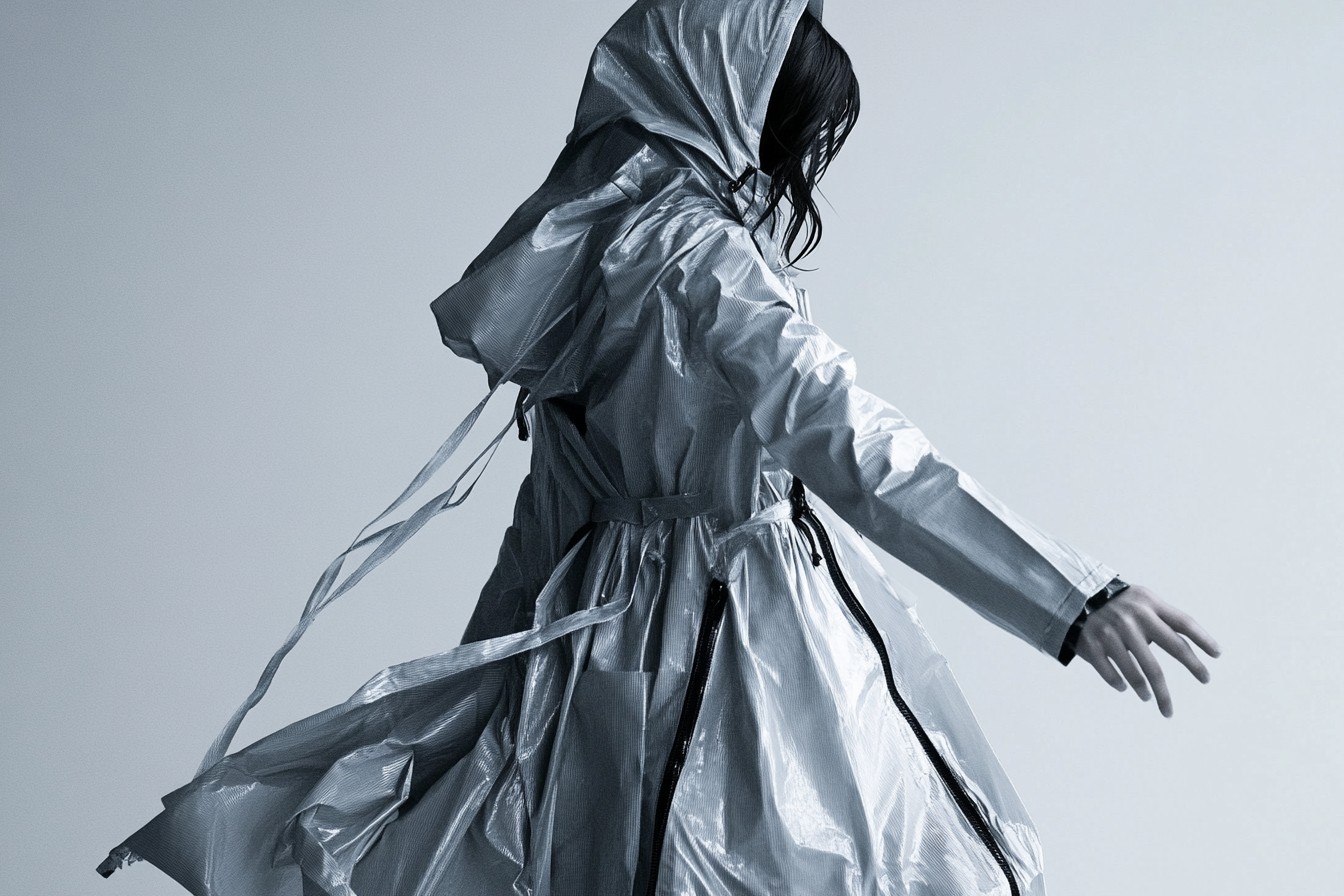
What I’ve learned from this possibly excessive investigation is that staying dry in British conditions requires understanding both fabric technology and the specific rain challenges you typically face. Urban commuters have different needs from rural dog-walkers. Someone primarily dashing between car and building requires different features from someone regularly spending hours outside. And while technical performance matters enormously, the psychological impact of color and styling shouldn’t be underestimated when facing our ninth consecutive grey day.
The humble umbrella deserves a brief mention as the traditional British rain solution, but after having three inverted by wind in a single month (including one particularly spectacular failure outside Holborn station that nearly took out a tourist’s eye), I’ve relegated them to supporting role rather than main character in my rain protection strategy. A compact umbrella lives permanently in my bag for unexpected showers, but for any journey where the weather forecast contains rain percentages above 30%, proper waterproof coating is non-negotiable.
Some practical wisdom I’ve gathered during this quest: hood design matters enormously and is often overlooked in reviews. A hood that won’t stay up in wind or sits too far forward, obscuring peripheral vision, transforms a decent raincoat into an exercise in frustration. Pockets need to be either genuinely waterproof themselves or positioned under storm flaps—nothing is more miserable than reaching for your phone and finding it in a small, fabric-lined puddle. And adjustable cuffs are non-negotiable for serious rain protection—water running down your arm and directly into your sleeve is a special kind of British weather misery.

Maintenance of rainwear is another rarely discussed but crucial element. That expensive waterproof coat will eventually stop performing if not properly cared for. Most technical waterproofing needs periodic reactivation—either through specialized washing products or heat treatment. (I discovered this the hard way when my previously reliable Rains jacket started admitting water after about 18 months. A treatment with Nikwax Tech Wash followed by their TX.Direct restored its rain-repelling properties overnight.) Most water-repellent coatings need refreshing every 10-15 washes to maintain optimal performance.
What’s become clear through this investigation is that British rainwear exists on a matrix of competing priorities—weatherproofing versus breathability versus style versus price. The perfect solution for every situation doesn’t exist (though outdoor clothing brands would certainly like us to believe otherwise). Instead, understanding your specific needs allows for informed compromise.
If your primary concern is fashion with reasonable shower protection for urban settings, the high street options from M&S or Uniqlo offer remarkable performance for the price. If you regularly face serious, committed downpours but still need to look presentable for professional contexts, the investment in brands like Protected Species or Norse Projects pays dividends in both dryness and dignity. And if you’re a committed countryside dweller regularly battling horizontal rain while walking dogs across muddy fields, the technical offerings from serious outdoor brands are worth every penny, regardless of their stylistic limitations.
The final wisdom I can offer from this deep dive into British rainwear is perhaps obvious but worth stating: no raincoat, regardless of price or technical specifications, can entirely shield you from the psychological impact of relentless British precipitation. Sometimes the most effective rain protection isn’t physical but mental—the determined optimism that allows us to say, in the face of skies that have been grey since last Tuesday, “I think it might be brightening up a bit.” That peculiar British weather resilience that has us sitting in pub gardens under hastily erected tarpaulins, stubbornly nursing a pint while rain drums overhead, insisting “it’s not that bad really.”
But while we can’t control the weather, we can at least ensure we’re not adding physical discomfort to the existential dampness of a British winter. A properly waterproof coat doesn’t just protect from rain—it provides the small but significant pleasure of feeling smugly prepared while watching less weatherwise individuals dash between doorways, gradually surrendering to the elements. And in Britain, where weather small talk is practically a national sport, that feeling of rain-resistant superiority might be the warmest thing of all.
